Art World
Artist Rosemarie Trockel Helped Solve Bottega Veneta’s Biggest Problem: How to Present a Collection in a World Without Fashion Shows
The German artist spoke exclusively with Artnet News about collaborating with Bottega Veneta's Daniel Lee.
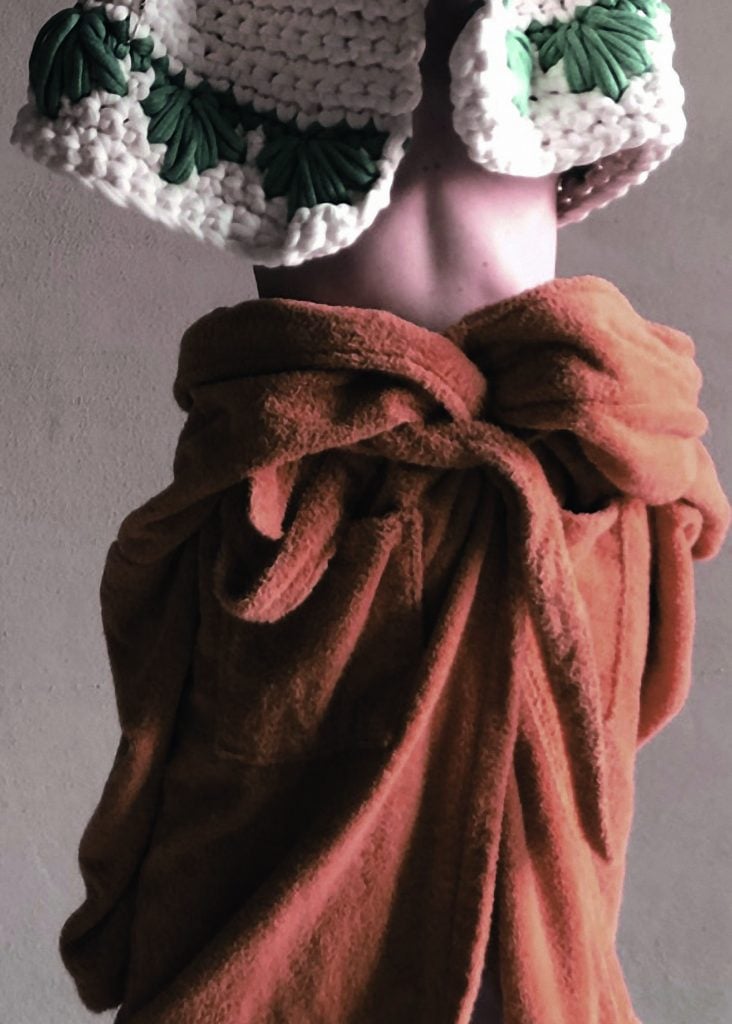
The German artist spoke exclusively with Artnet News about collaborating with Bottega Veneta's Daniel Lee.

Artnet News

In the collections of Bottega Veneta’s creative director Daniel Lee, there has always been an element of surprise—including his many collaborations with celebrated artists. For the Italian heritage house’s Spring 2021 presentation, Lee recruited a novel artistic partner: German conceptual artist Rosemarie Trockel.
At first blush, the very private Trockel is a surprise ally—her highly intellectual, extremely unflashy work has never been incorporated into a fashion collaboration before. But in another way, she is a perfect fit, known for her stripe-filled knitted pictures that challenge traditional notions of femininity and artistic production. Lee’s new collection, which features his own experiments with knitted materials, has similar aims.
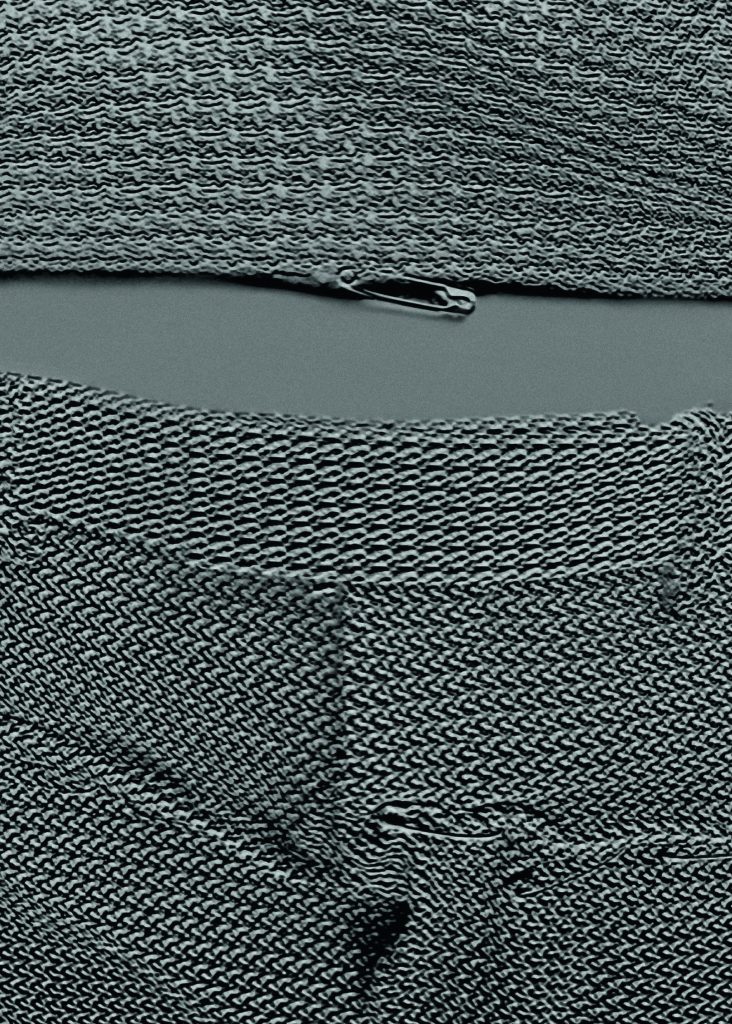
Photo by Rosemarie Trockel. Image courtesy Bottega Veneta.
In lieu of the now-customary virtual presentation or the once-customary fashion show, the designer decided to present the collection via three books. The first is a bound mood board of sorts that pulls together cultural references and icons that inspired Lee’s latest designs; the second is a series of photographs taken by Trockel that captures the evolution of the collection, interspersed with text-filled pages of anonymous conversation about the relationship between art and fashion.
The third and final book is a collection of photographs of live presentations at Sadler’s Wells theater in the West End of London taken earlier this fall, when a small group of guests sat on stage, socially distanced, while models moved around them. It’s an experience that Lee once envisioned recreating in cities around the world pre-pandemic.
“It was a bit like going backwards and thinking about how fashion shows began,” Lee recently told Vogue. “This idea of salon-shows. It felt extremely intimate and much more personal.”
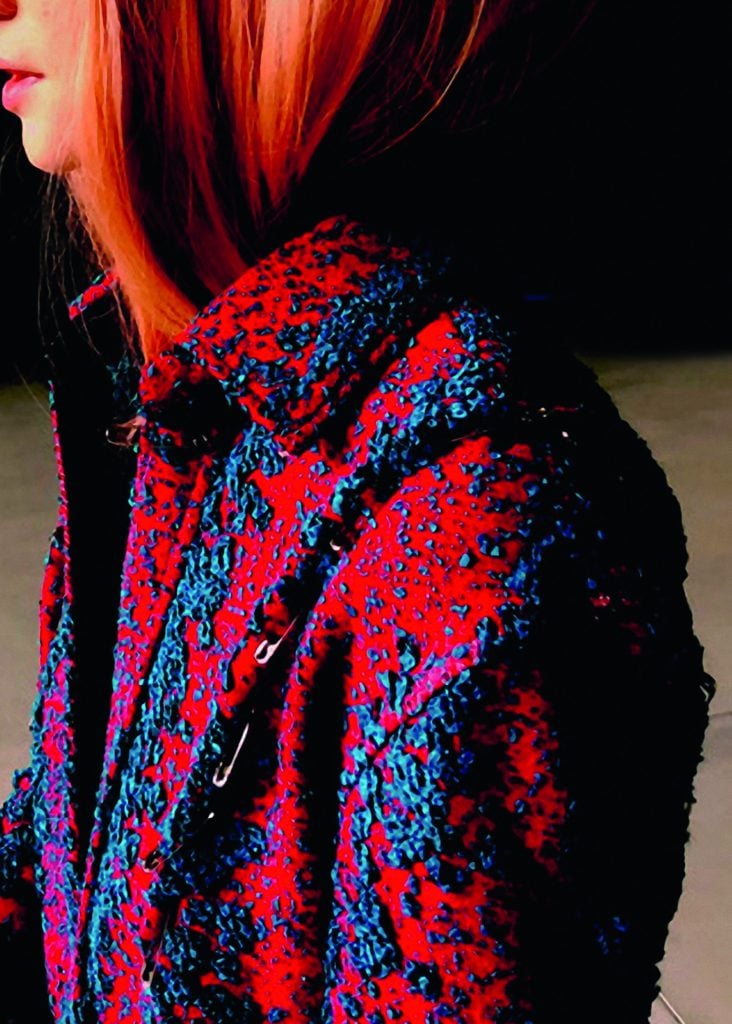
Photo by Rosemarie Trockel. Image courtesy Bottega Veneta.
For Trockel, too, the collaboration was both intimate and personal. The process began with a “nocturnal phone call” from independent curator Michelle Nicol, who introduced the artist and designer. The duo worked together closely for many months, with the Bottega team sending finished pieces to Trockel to be photographed in “almost daily dispatches,” according to the artist. After each shoot, Trockel would return the pieces along with the images she captured. The final selection was made by Lee and a small group of trusted advisors who assembled the book.
“I knew Daniel’s reputation as a punk-influenced wunderkind which conflicted early on with my idea of Bottega Veneta as a traditional Italian house based on craft and elegance, and was delighted to recognize Daniel’s mastery of these possibilities,” Trockel told Artnet News. “My reward was to have Daniel draw me into his world with his modest, intelligent, and intuitive art to speak about fashion, which was for me foreign territory, always placing the work and not himself in the foreground.”
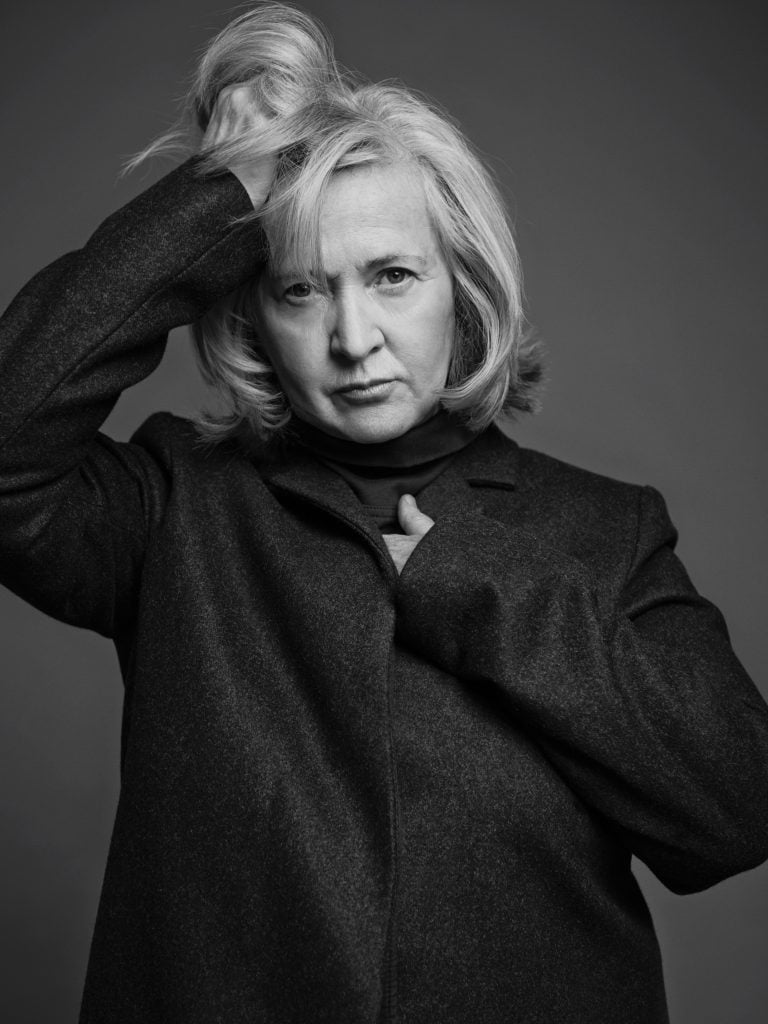
Photo by Joachim Mueller Ruchholtz. Image courtesy Bottega Veneta.
On major difference between the disciplines, according to Trockel? Deadlines. “The challenge was to work at his intense pace which led to many hours of overtime,” she said. The commitment reminded Trockel that “as an artist, I am master of my time.”
While photographing the clothes, Trockel also began thinking about art’s relationship to fashion and the increased collaboration between the two sectors. “Fashion might often be considered an industry, but not always,” Trockel noted. “Think of the many [smaller] start-ups [forming now]. There is a contemporary attempt to weave the two worlds together—we will have to wait and see how fruitful this can be. The art market has become industrial but the act of creation remains independent.”
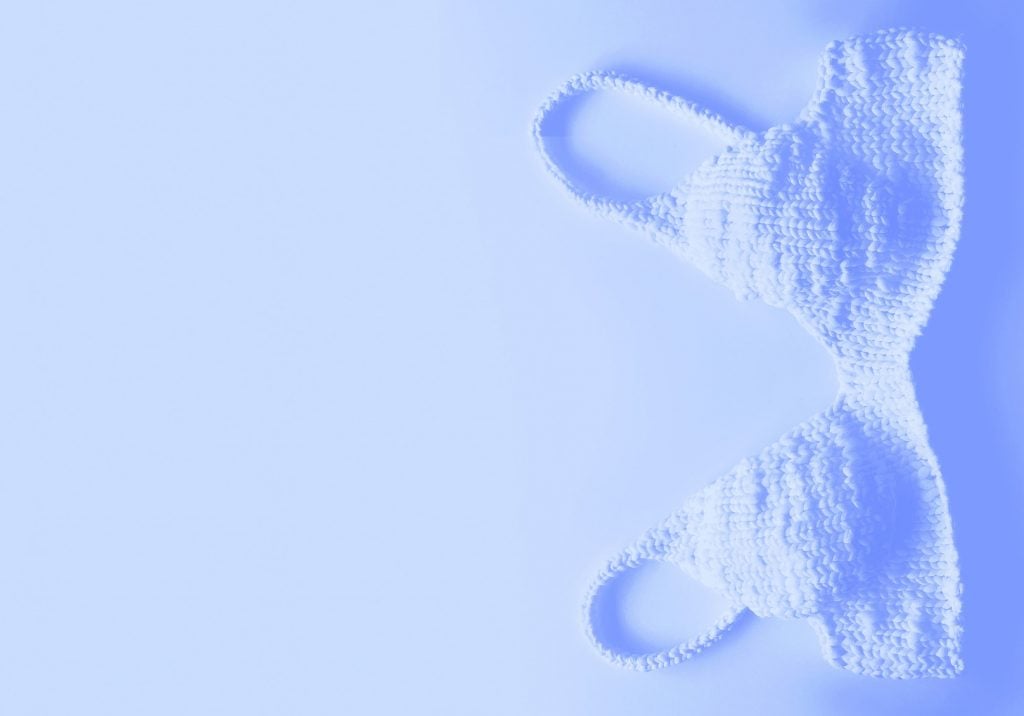
Photo by Rosemarie Trockel. Image courtesy Bottega Veneta.
For both Trockel and Lee, working together amidst the strangeness of 2020 was a reminder of the power of creativity—and how little is really needed to inspire. As Lee told Vogue: “A lot of us moved to Milan for Bottega, and obviously with the world shut down, all we really have is each other at the studio and the work. It’s almost like a therapy. It gets you through the darkest times because you can completely lose yourself in making a beautiful fabric, a beautiful garment.”